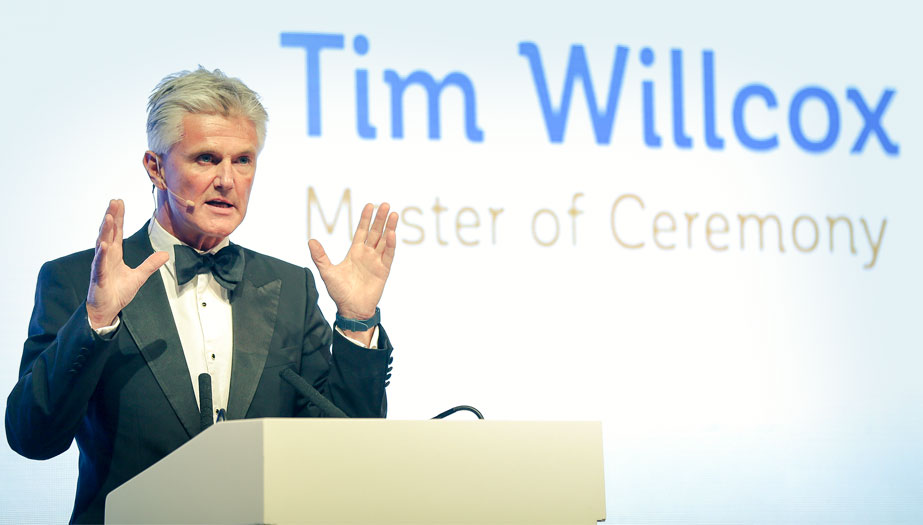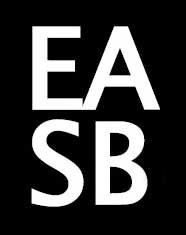Whether you have booked an after dinner speaker, a keynote speaker or a motivational speaker, you’ve done it for good reason and chosen the specific person for a purpose; whether that’s to inspire, educate or simply entertain your audience.
You will also have made a significant investment in the speaker. An effective introduction is an important element to ensure you make the most of your investment and the opportunity you’ve created. You want to give him/her the best possible platform to deliver what they have been booked to do.
A good speaker introduction should focus the audience’s attention, set the tone and lay the foundations so when you hand over the stage, your speaker is met with an engaged, attentive audience eager to listen.
A little pre-planning and consideration around how best to introduce your speaker will have a big impact on how well received he/she is.
1. Keep your speaker introduction brief
You’ve booked a speaker because they are expert at what they do, they know how to engage an audience, keep people interested and make a point. The audience is going to be more interested in what the speaker has to say than they are in listening to the person doing the introduction - so keep the intro short. This is the number one golden rule.
It’s not possible to give a precise duration for an introduction. Exactly how long the introduction should take will depend on many factors: whether the speaker is known to your audience e.g. a celebrity speaker; the nature of the speaker and the event – an after dinner speaker may require a very different introduction to a conference speaker; what pertinent information about the speaker you need to relay to the audience.
That said, always aim for less. 60 seconds should be plenty for almost all introductions.
Journalists know that the vast majority of people will never read to the end of an article. In fact, many won’t get beyond the first sentence, which they call an ‘intro’. In that sentence, journalists try to summarise the ‘who, what, why, when, where and how’ of a story. Your introduction of a speaker should essentially do the same.
2. Establish authority and make a star of a non-celebrity
The vast majority of guest speakers will not be known to your audience – or even if they are known to some, may not be to all. So it’s important to succinctly establish his/her expertise and credentials in their field.
In your speaker introduction, tell the audience who this speaker is and why they are great. However, don’t read off every line from their CV, list all the TV shows on which they’ve appeared or attempt to tell their story. The audience won’t care for every detail – one or two significant points is all that’s required. And the last thing you want to do, by saying too much, is mentioning a key part of the speaker’s presentation.
The key to a great introduction is leaving the audience full of anticipation to hear what your speaker has to say.
It’s worth reminding yourself that a less famous speaker can sometimes be a better speaker. And there’s no need to feel apologetic for booking a lesser ‘name’, even if part of the reason for choosing them was that their fee was lower.
Certainly, it is possible to get a speaker of at least equal quality for less money if you go for someone less well known. However, you’ll need to tell the audience who this speaker is and why they are great. If the speaker has written a bestselling book - mention it, if they’ve been at the top of their industry - spell it out, if they are esteemed in their particular industry - your audience will likely benefit from being told.
3. Know your audience
The same speaker can be introduced a number of different ways depending on the audience they are addressing. Just as a good speaker ought to tailor their material to the audience, so too should an introduction.
An after dinner speaker who’s booked to entertain the audience and regale stories will require a very different introduction than a conference speaker delivering the keynote address to close a two-day summit.
Introducing an after dinner speaker may simply be a case of informing the audience as to who they are and what they’ve done. If you’re introducing a keynote speaker, you might talk briefly about why you’ve invited the speaker and the relevancy to the conference or theme.
If you’ve booked a sports star such as Gareth Southgate to address your audience of business delegates because that person has great insights into leadership - refer to this in your intro. If you’ve booked an actor like Riz Ahmed due to his experience of feeling like an outsider and turning it to his advantage - make the point.
Spare a minute to consider your audience, why they are there and what their expectations might be. This will help to structure your introduction and ensure it resonates with the audience.
4. Good etiquette
It may be tempting to make a joke or tell your own anecdote when introducing a speaker, and when done well this can be great, but beware of getting it wrong.
It’s far better to err away from telling a joke that might embarrass or undermine your speaker as this will not help them or encourage your audience to be engaged in what they are saying.
Good etiquette is always the safest course of action and that means being polite, courteous, shaking your speaker’s hand as they arrive on the stage and encouraging a round of applause to welcome them.
Smile and do your best to look at the audience, not continuously down at your notes.
5. The last words you say...
Should be the speaker’s name. When introducing any speaker, the person’s name should be the last thing you say, and you should not mention their name prior. It’s very easy to avoid, but nevertheless, a golden rule which we see broken all too often.
Avoiding repetition of the speaker’s name makes the introduction more succinct, sounds better and helps to build anticipation. When you do say their name, it gives the audience a cue to start the applause — without you having to ask — and signals the speaker to take to the stage.
6. Ask your speaker for guidance
There’s absolutely no reason that you shouldn’t approach your speaker and let them know that you’re keen to give them a good introduction and would welcome their input. Some speakers will be happy to send you a brief of what you might like to say - they’re the professionals after all.
They will of course know exactly what is in their presentation and therefore how to set this up with the right introduction. This may be all you need. However, you may also use this as a guide and basic framework to tailor the introduction to your audience.
Unless you have been sent an official up-to-date biography or CV from the speaker bureau, do not rely on the Internet or Wikipedia for hard facts. Take a guide, make notes, but always check any facts before you deliver your introduction.
However, at all times, keep in mind rule No.1 and avoid the mistake of reading out an entire biography that you’ve lifted from the Internet or speaker bureau’s website.
7. How “not” to introduce a speaker
Here’s an amusing anecdote from impressionist and satirist Rory Bremner, with an example of how “not” to introduce a speaker.
In summary
A good introduction will take into consideration all of the above points, which have come from years of experience facilitating thousands of events. But ultimately, try not to get too worried and potentially over-complicate matters.
If you’re struggling to find the right words or don’t think you’ll remember all of the above on the day, the golden rule is keep the introduction short, succinct and to-the-point. Don’t keep the audience or speaker waiting longer than necessary — let the professional take to the stage and do what they do best!



